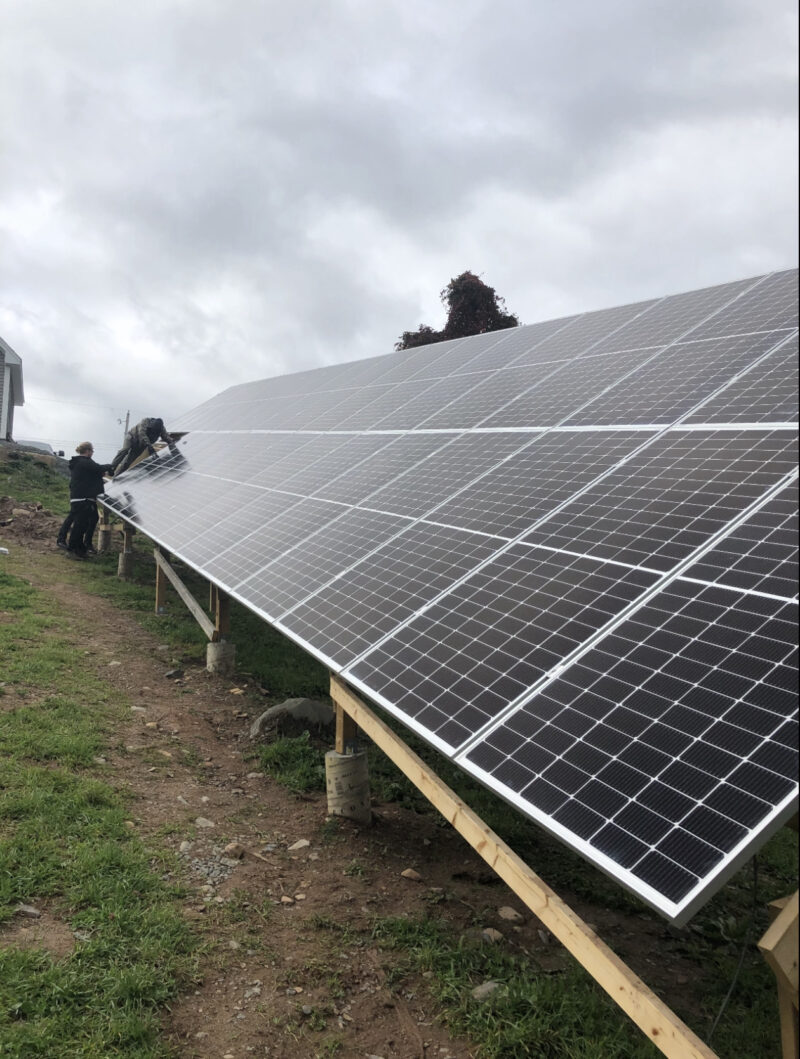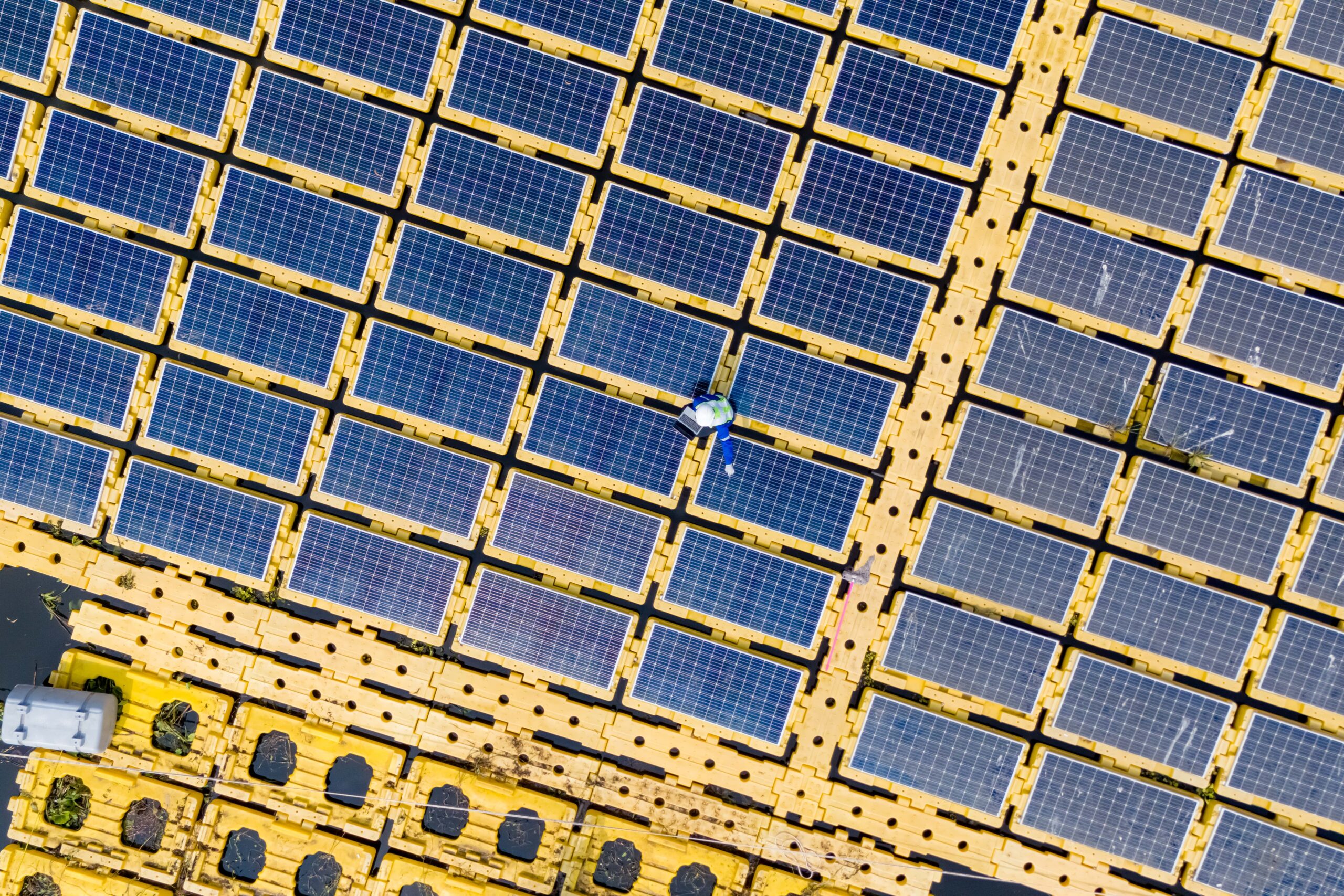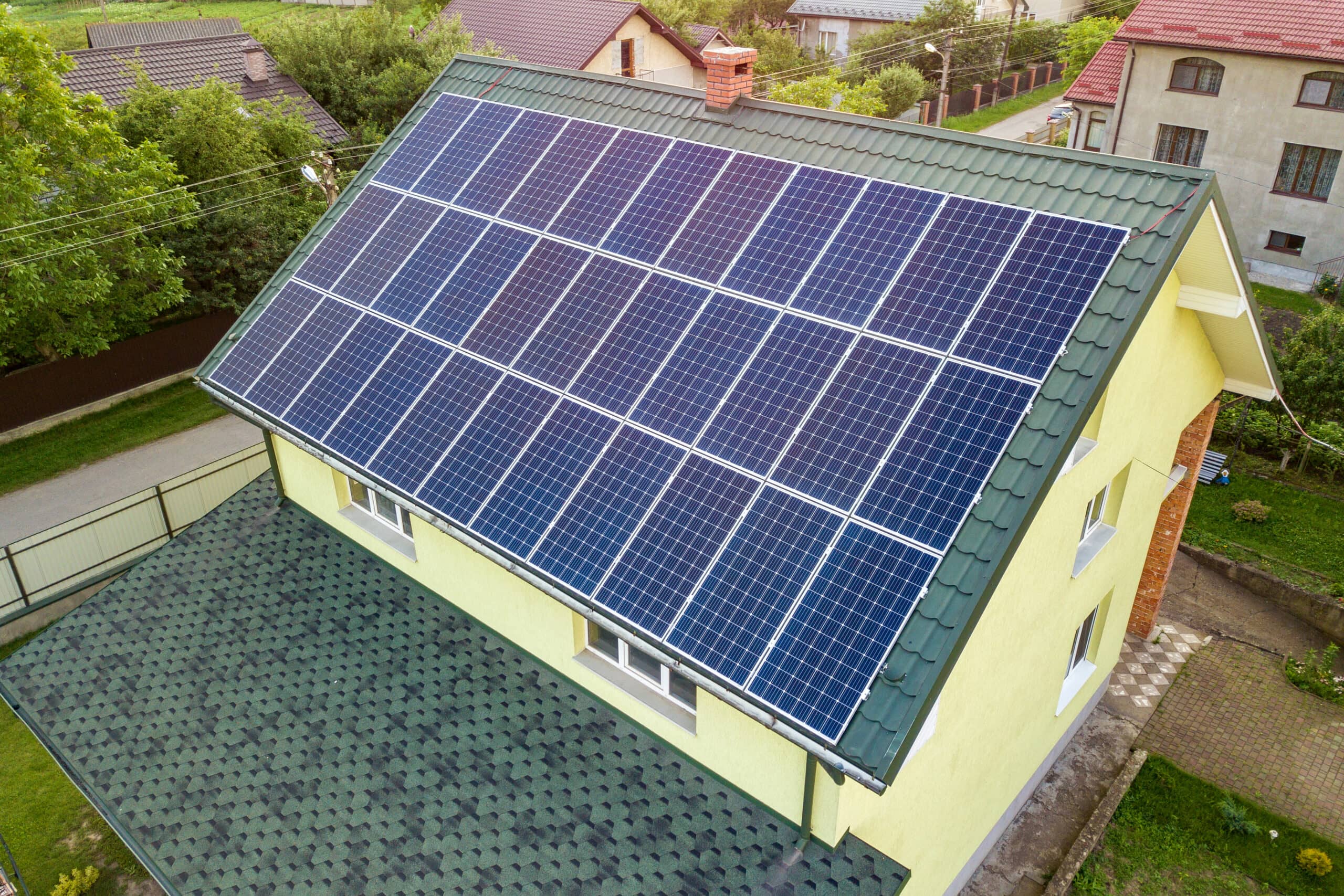According to the International Energy Association, solar power has quickly become the most efficient and cheapest form of electricity. Despite all the infrastructure created to handle fossil fuels, solar power is now the most affordable form of electricity in modern times.
The government is investing heavily in getting homeowners set up with solar systems, which is excellent news considering the rising fuel costs. This is one contributing factor to making solar power more accessible.
How did Solar Power Become the Cheapest Form of Electricity?
Several factors have contributed to making solar power the cheapest form of electricity. First, the cost of manufacturing solar panels has decreased significantly over the past few years. In addition, the efficiency of solar panels has increased, which means that more electricity can be generated from a smaller number of panels. Lastly, government incentives for installing solar panels have made them more affordable for consumers and businesses
Here are some of the solar rebates and incentives available in Canada:
Canada Greener Homes Loan: As part of the Greener Homes Initiative, eligible homeowners can receive a 10-year interest-free loan of $5,000 and up to $40,000 to help finance their solar system.
Provincial and Territorial Programs
Many provinces and territories offer their solar rebate programs. These vary depending on location, so check with your local government or energy authority for details. Here are some examples:
Prince Edward Island Solar Electric Rebate Program: The Prince Edward Island solar rebate program pays $1.00/Watt for PV installations for homes and $0.35/Watt for businesses, up to 40% of installed costs, to a maximum of $10,000.
Yukon Good Energy Residential Incentives Program: Offers an incentive of $0.80 per watt up to a maximum of $5,000 per system per year.
PACE Financing (Property Assessed Clean Energy): The PACE Financing (Property Assessed Clean Energy) program is available in some provinces and allows property owners to finance energy efficiency upgrades and renewable energy systems through a voluntary property tax assessment.
What does this mean for the future of solar power?
The decreasing cost of solar power means that more and more people and businesses will likely switch to solar in the coming years. This increase in demand will create even more economies of scale, making solar panels even cheaper to produce. In addition, as more people use solar power, we will become increasingly reliant on renewable energy sources, which is good for our wallets and the environment.
There’s no question about it – solar power is here to stay. Thanks to decreasing costs and increasing efficiency, solar power is now the cheapest form of electricity available. This is good news for consumers and businesses alike, as it will lead to lower energy bills and a reduced reliance on fossil fuels. So, switching to solar is an excellent option if you’re looking to save money on your electricity bill.






